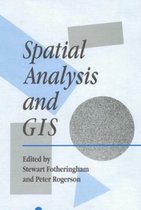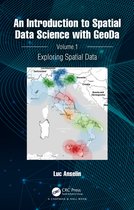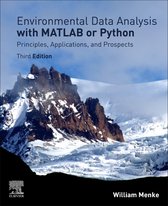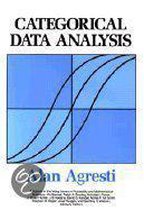Introduction to Spatial Data Analysis Remote Sensing and GIS with Open Source Software
Afbeeldingen
Sla de afbeeldingen overArtikel vergelijken
- Engels
- Paperback
- 9781784272135
- 07 september 2020
- 222 pagina's
Samenvatting
Readers will learn the essentials of spatial data handling using the open source software QGIS and be guided through the first steps in using the R programming language. The book includes the fundamentals of spatial data handling and analysis, working with real data from field to analysis.
This is a book about how ecologists can integrate remote sensing and GIS in their research. It will allow readers to get started with the application of remote sensing and to understand its potential and limitations. Using practical examples, the book covers all necessary steps from planning field campaigns to deriving ecologically relevant information through remote sensing and modelling of species distributions.
An Introduction to Spatial Data Analysis introduces spatial data handling using the open source software Quantum GIS (QGIS). In addition, readers will be guided through their first steps in the R programming language. The authors explain the fundamentals of spatial data handling and analysis, empowering the reader to turn data acquired in the field into actual spatial data. Readers will learn to process and analyse spatial data of different types and interpret the data and results. After finishing this book, readers will be able to address questions such as “What is the distance to the border of the protected area?”, “Which points are located close to a road?”, “Which fraction of land cover types exist in my study area?” using different software and techniques.
This book is for novice spatial data users and does not assume any prior knowledge of spatial data itself or practical experience working with such data sets. Readers will likely include student and professional ecologists, geographers and any environmental scientists or practitioners who need to collect, visualize and analyse spatial data.
The software used is the widely applied open source scientific programs QGIS and R. All scripts and data sets used in the book will be provided online at book.ecosens.org.
This book covers specific methods including:
- what to consider before collecting in situ data
- how to work with spatial data collected in situ
- the difference between raster and vector data
- how to acquire further vector and raster data
- how to create relevant environmental information
- how to combine and analyse in situ and remote sensing data
- how to create useful maps for field work and presentations
- how to use QGIS and R for spatial analysis
- how to develop analysis scripts
Productspecificaties
Inhoud
- Taal
- en
- Bindwijze
- Paperback
- Oorspronkelijke releasedatum
- 07 september 2020
- Aantal pagina's
- 222
- Illustraties
- Nee
Betrokkenen
- Hoofdauteur
- Martin Wegmann
- Tweede Auteur
- Jakob Schwalb-Willmann
- Co Auteur
- Stefan Dech
- Hoofdredacteur
- Wegmann, Martin
- Tweede Redacteur
- Schwalb-Willmann, Jakob
- Co Redacteur
- Stefan Dech
- Hoofduitgeverij
- Pelagic Publishing
Overige kenmerken
- Extra groot lettertype
- Nee
- Product breedte
- 170 mm
- Product lengte
- 244 mm
- Studieboek
- Ja
- Verpakking breedte
- 170 mm
- Verpakking hoogte
- 244 mm
- Verpakking lengte
- 244 mm
- Verpakkingsgewicht
- 500 g
EAN
- EAN
- 9781784272135
Je vindt dit artikel in
- Categorieën
- Boek, ebook of luisterboek?
- Boek
- Beschikbaarheid
- Leverbaar
- Taal
- Engels
- Studieboek of algemeen
- Algemene boeken
Kies gewenste uitvoering
Prijsinformatie en bestellen
De prijs van dit product is 37 euro en 99 cent.- Prijs inclusief verzendkosten, verstuurd door bol
- Ophalen bij een bol afhaalpunt mogelijk
- 30 dagen bedenktijd en gratis retourneren
- Dag en nacht klantenservice
Rapporteer dit artikel
Je wilt melding doen van illegale inhoud over dit artikel:
- Ik wil melding doen als klant
- Ik wil melding doen als autoriteit of trusted flagger
- Ik wil melding doen als partner
- Ik wil melding doen als merkhouder
Geen klant, autoriteit, trusted flagger, merkhouder of partner? Gebruik dan onderstaande link om melding te doen.









